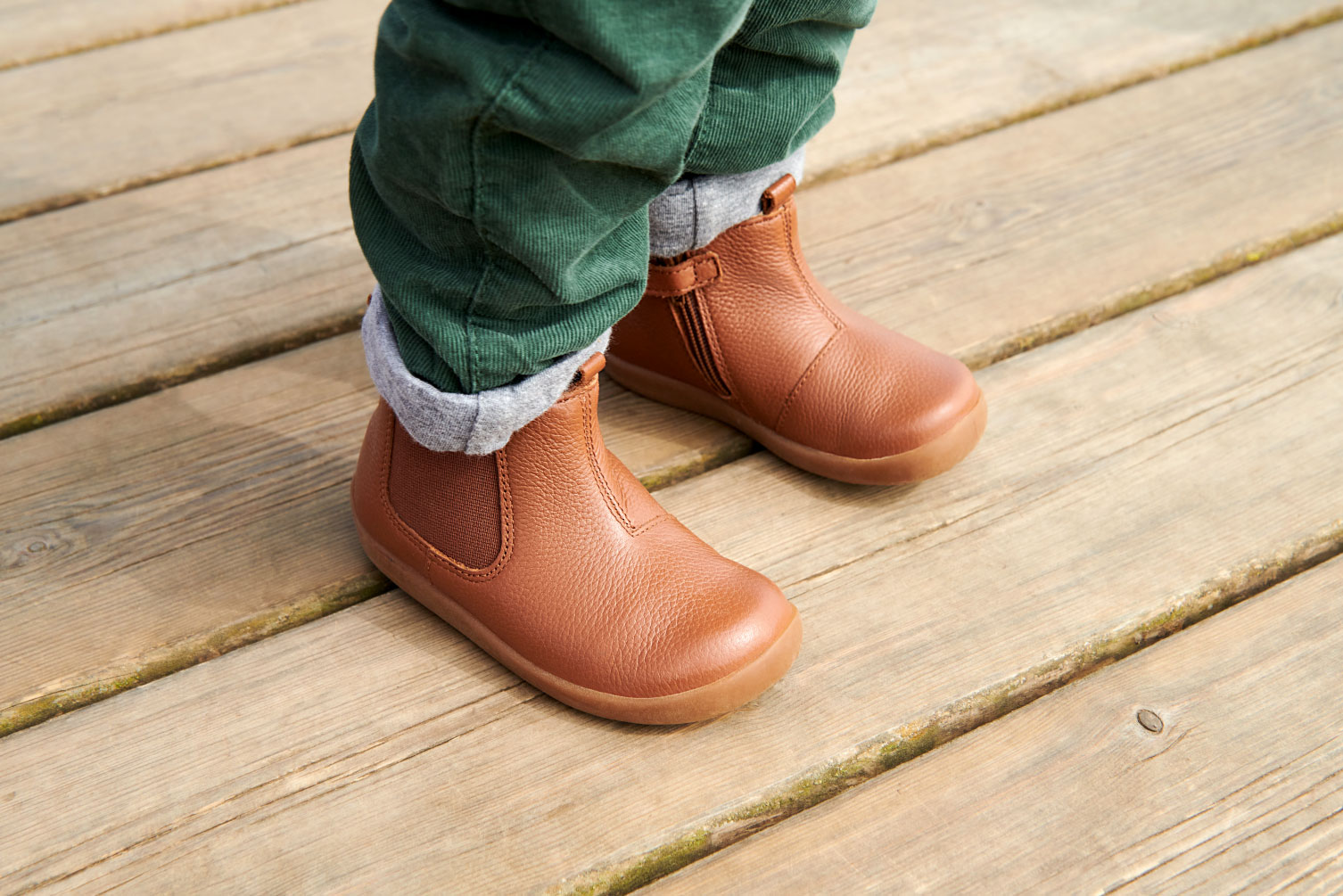
There’s nothing worse than when a pair of shoes starts to rub. This can make the shoes uncomfortable to wear, and you may even find that you suffer with cuts, blisters and even bunions as a result. The good news is, there are a number of ways you can stop your footwear from rubbing, from making sure they are the right size to using Vaseline. For more top tips on how to stop your shoes rubbing, keep reading.
When it comes to shoes, it’s important to make sure that you buy the right size. Shoes that are too small will inevitably fit too tightly around your feet, which can result in them rubbing, and footwear that’s too big can also cause your feet a lot of trouble.
Ideally, your shoes should be fitted, but not too snug. They should provide your feet with protection, support and comfort. Ultimately, they should not rub at any point of your foot, and your toes should not be scrunched up. We have an 8-point check the fit guide to help you confidently and quickly check shoes fit correctly.
Shoes that are too tight will not only cause you pain when you wear them on a daily basis, but wearing footwear that’s even just one size too small or big could lead to long-term foot problems. You may struggle to walk comfortably, and shoes could even fall off.
Shoe sizing can vary between brands, so when you’re shopping for a new pair, it’s a good idea to not only try on the size you think you need, but the next size up or down too, depending on the style and fit of the shoe.
You may even need to try on a half size to get the fit just right. It’s also worth noting that some brands offer multiple width options too. It could be that the style of shoe you’re after fits you better in one of these designs. When shopping for shoes online, it’s a good idea to refer to the sizing and fitting guide.
While it’s important to ensure your own shoes fit properly, it’s essential to check that your child’s footwear is the right size too. Children’s feet continue to grow in size until they are in their teens or even older, so you should make sure that you are measuring their feet regularly. To ensure that you’re buying the right shoe size for your child, check out our useful measuring guide.
Always try shoes on with the socks you plan to wear them with. For example, there’s no point trying on shoes with a pair of thin denier tights if you actually intend on wearing them with thick woollen socks. This won’t give you an accurate gauge of whether the shoes fit properly - and if they don’t fit properly, they are more likely to rub.
You should never try on shoes barefoot either - unless you intend to not wear any, such as if they are a pair of sandals or flip flops.
Believe or not, it’s likely you have one foot that’s a slightly different size to the other. For this reason, it’s important that you always try on both shoes when you’re shopping for new footwear. You should check that the style of shoe fits both of your feet comfortably. If not, you could find that they end up rubbing.
Before wearing a pair of new shoes outside, it’s a good idea to break them in. You can do this by simply wearing the shoes at home for a few hours at a time. For children, it can also take time to get used to leather school shoes after a summer holiday being barefoot or wearing sandals for example. By gradually increasing the amount of time you wear new shoes, you should find that this can prevent them from rubbing when you start wearing them out and about all day.
While breaking in your shoes can help minimise rubbing, you shouldn’t assume that they will stretch. Some materials are known for being stretchy, such as faux leather or neoprene, but you shouldn’t presume they will provide you with long-term comfort. Instead, you should ensure the shoes fit well the very first time you try them on. This should give you a good indication of whether or not they will cause rubbing or discomfort later on.
Even if you have broken your shoes in and they feel comfortable to wear, you may find that they’re not moulded to your feet yet and you might still develop blisters . To prevent this, you could rub Vaseline into the parts of your feet that are prone to rubbing, such as the back of your heels, around your big and little toes, and at the top of your feet, also known as the instep.
Author: Click Consult, published 15-12-2022.